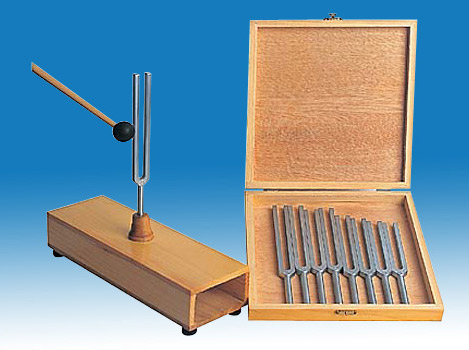The Suspenders| THEORETICAL CHEMISTRY
| MEMBERS | RESEARCH | PUBLICATIONS | ACTIVITIES | HOME |
Resonances We develop new techniques based on DFT and TDDFT to calculate energies and lifetimes of negative-ion resonances. |
We like all kinds of resonances. In particular, we want to understand as best as possible the nature of metastable negative-ion resonances, and develop first-principle techniques to calculate their energies and lifetimes. In spite of being ubiquitous in chemistry, there is no formal theory based on DFT to predict these properties of resonant states. The negative electron affinities measured for many molecules by electron transmission spectroscopy cannot always be accurately calculated via standard DFT. Their importance has been highlighted in recent years due mainly to the role they tend to play as intermediate species during the fragmentation of large molecules upon electron impact at low energies. Efficient treatment of electron correlation effects is essential in such cases, and although this is the specialty of DFT, unbound negative ions lie beyond its current capabilities.
The Hohenberg-Kohn theorem that provides the foundation of ground-state DFT can be extended to the lowest-energy resonance of unbound systems. This implies the existence of a universal complex functional of the resonance density, but its functional dependence is unknown. We are testing our best guesses for such dependence.
For now, we work on simple systems like the 3P resonance of H- for which benchmark results exist, but the ultimate goal is to develop for resonances a similar machinery to the one that is presently being used for bound-bound transitions.

